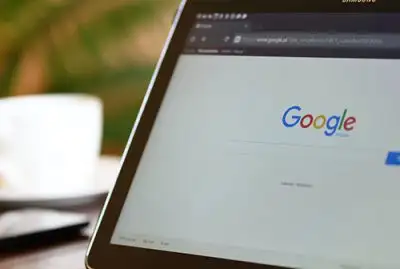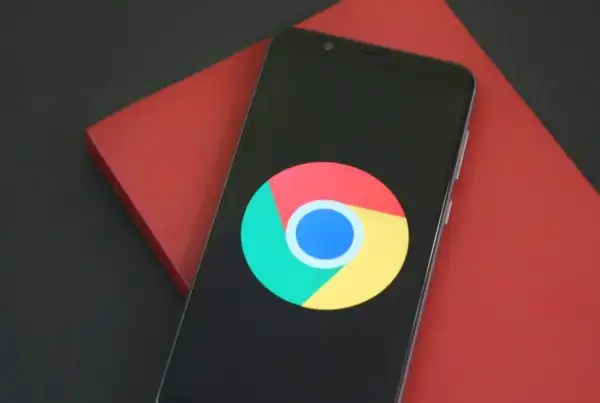Over the last few months and indeed over the last few years, Google has been introducing new features and tools to help speed up and improve a website. However, the one area in which progress seems to have been deficient, is images.
Google decided to concentrate on this aspect of the Web. They aimed to improve the speed of downloading images and reduce the size of image files without significantly affecting the image quality.
It has been estimated that photos and images take up about 65% of the space on web pages, thus slowing down the transfer of information considerably, especially when bandwidth is limited, as in the case of mobile networks.
Engineers at Google worked on ways to compress the JPEG or other lossy images, as these constitute the vast majority of images. The product of their research was introduced this week, in the form of an all new format for images – WebP
Google recently released a developer preview of the new WebP image format, which has been found to reduce the byte size occupied by images and also helps to load them faster.
WebP is a method of compressing photo images. During a study of 900,000 images, WebP was found to compress the images by 39.8%, compared to 9.7-14.6% for JPEG images.
The WebP file consists of VP8 image data and a container based on RIFF. WebP works on the principle of predictive coding to encode a message. Predictive coding only encodes the difference (residual) between the actual values and the predicted values of a block, thus compressing the image more effectively. Google expects that once the developer community starts working with WebP they will be able to produce even better results and further compress the images.
At present the WebP format is not supported on any image viewer or browser. The success of this initiative depends heavily on whether or not browsers will support the format and web designers will be happy to use this new format in upcoming web pages.
About the Author
Farhad is the Group CEO of AccuraCast. With over 20 years of experience in digital, Farhad is one of the leading technical marketing experts in the world. His specialities include digital strategy, international business, product marketing, measurement, marketing with data, technical SEO, and growth analytics.









